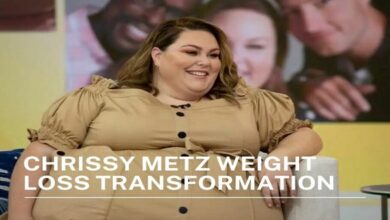Automobile Costly state falsification or verification

Introduction
The impact of private information on insurance markets has long been appreciated by both economists and practitioners. Spurred by the initial presentation of the problem contained in Karloff’s (1970) examination of the market for lemons, analyses of environments in which insured’s possessed asymmetric information about their likelihood of suffering insurable losses have addressed the issues of adverse selection (Rothschild and Stieglitz, 1976) and moral hazard (Shovel, 1979).
More recently, the burgeoning problems associated with fraud in insurance claims have led economists to consider an alternative form of informational asymmetry in which the private information held by the insured individuals involved the actual magnitude of an economic loss. The resulting analyses may be dichotomized into two distinct lines of inquiry, which are known in the literature as the problems of costly state verification and falsification, respectively.
Costly state verification
The model presented in this section is taken from Bond and Crocker (1997). The environment considered consists of a continuum of risk-averse agents, each of which possesses the utility function U(~), where ~ is the wealth of the individual in state i. Each agent has the same initial wealth W, but may suffer some financial loss with probability n. Although the fact that an individual has suffered some loss is assumed to be publicly observable, the magnitude of that loss is private information to the individual suffering the injury.
The actual loss can be verified, however, if the insurer bears the fixed monitoring cost y. Conditional on the agent suffering some loss, the actual magnitude of that loss is denoted as x and is distributed on [,!,x] according to the probability density function g.
Costly state falsification
The model presented in this section is taken from Crocker and Morgan (1998). We consider an environment in which agents possess the utility function U(ll?, where ~ denotes their wealth in state i. As before, all agents have the same utility function U and initial wealth W, and may suffer the financial loss x = E [!,x], the magnitude of which is assumed to be private intonations to the individual suffering the loss.
In this setting, agents can generate an observed claim, denoted y, which may differ from their actual loss suffered, x. We will refer to the difference between the insured’s actual loss and that observed by the insurer, I x – y I , as claims falsification. In order to generate a falsified claim, the insured individual must incur the falsification cost g(x – y), which is assumed to be an increasing function of the amount of falsification.
Bodily injury liability insurance claims
This section of the paper analyzes data on individual insurance claims to ascertain the extent to which actual insurance settlements conform to the predictions of the theoretical models. The data we employ are drawn from a large set of individual claims involving compensation for injuries suffered in automobile accidents. These data are obtained from a study conducted by the Insurance Research Council (IRC), an insurance research and advisory group.
Last word
This study collected data on automobile injury claims settled by 34 insurance companies between May and September of 1987, and includes data from accidents that occurred in all 50 states and the District of Columbia. These data are described in detail by Crocker and Tennyson (1997).





